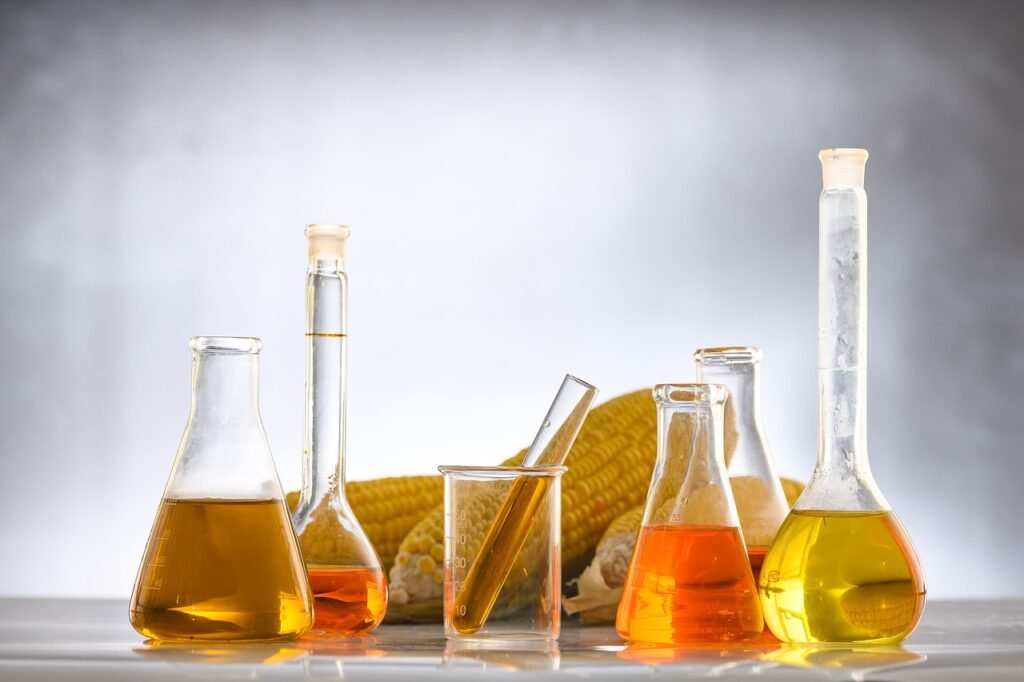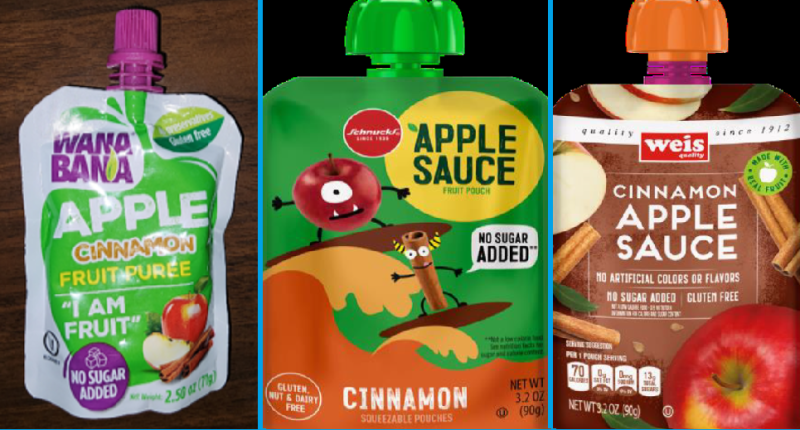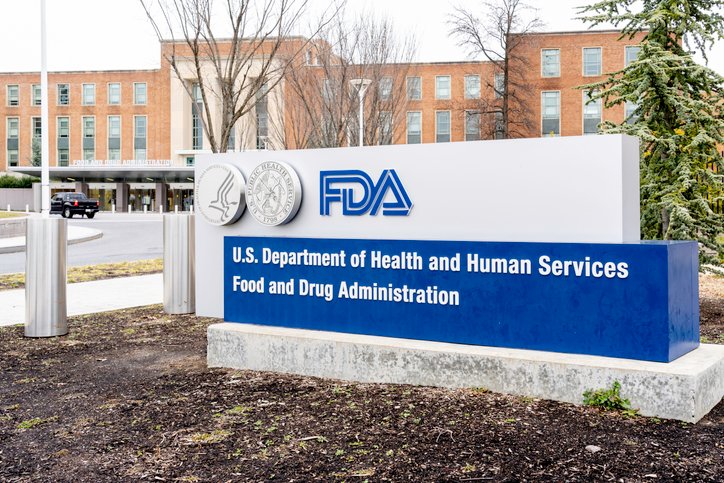
The U.S. Food and Drug Administration (FDA) has issued new guidance aimed at reducing lead exposure in processed foods intended for babies and young children. The guidance, which is part of the FDA’s “Closer to Zero” initiative, sets action levels for lead in specific types of baby and toddler food, marking an important step in minimizing harmful contaminants in children’s diets.
According to the FDA’s newly released “Action Levels for Lead in Processed Food Intended for Babies and Young Children: Guidance for Industry,” the agency has established the following lead limits in packaged foods:
- 10 parts per billion (ppb) for fruits, vegetables (excluding single-ingredient root vegetables), mixtures (including grain- and meat-based mixtures), yogurts, custards, puddings, and single-ingredient meats.
- 20 ppb for single-ingredient root vegetables.
- 20 ppb for dry infant cereals.
The FDA has outlined new action levels for lead in processed foods intended for babies and young children under two, as part of its Closer to Zero initiative. The guidance sets limits of 10 parts per billion (ppb) for most foods like fruits, vegetables, and mixtures, and 20 ppb for root vegetables and dry infant cereals. While these action levels are not legally binding, they provide a framework for industry to reduce lead exposure over time through better control measures. The FDA encourages a varied and nutrient-dense diet for children, but the action levels are aimed at helping manufacturers minimize toxic elements in foods and ensure child safety.
The new guidelines, which focus on foods typically consumed by children under the age of two, are designed to lower lead exposure over time, while still allowing access to nutritious foods. While lead is a naturally occurring element, it can also enter the food supply through environmental pollution, affecting both plant and animal products.
Because young children are particularly vulnerable to the harmful effects of lead, the FDA has made reducing lead exposure a priority, especially from foods most commonly consumed by babies and toddlers. The agency’s guidelines apply to packaged foods, such as purees and dry cereals, that are marketed for young children. However, the guidance does not cover infant formula, beverages, or snacks like teething biscuits and puffs, with the FDA continuing to gather data on grain-based snacks to assess if further action levels are needed.
“Parents want what’s best for their children, and they deserve peace of mind knowing the food they purchase for their babies and toddlers is safe,” Sen. Amy Klobuchar, D-Minnesota, said in a statement about the bill she is leading. “This legislation will boost food safety standards and require more complete testing by manufacturers to prevent heavy metals from poisoning our kids.”
Although the action levels set by the FDA are not legally binding, they provide a framework for enforcement, should the agency determine a product exceeds the established limits. However, the FDA stressed that these levels are intended to guide manufacturers and not to direct consumer choices. Parents and caregivers are not advised to discard baby foods or avoid feeding them to their children, as maintaining a varied, nutritious diet is crucial for child development and health. A diverse diet can help minimize the risk of repeated exposure to the same contaminants and provide essential nutrients that support healthy development and may mitigate some of the adverse effects of lead.
The FDA’s Closer to Zero initiative aims to reduce contaminants in foods for babies and young children as much as possible. The agency uses a rigorous process to assess potential health risks, evaluate contaminant levels in the food supply, and work with the food industry to establish feasible limits. While the goal is to lower contaminants like lead, the FDA acknowledges that it is not possible to completely eliminate them from the environment or food supply.
This venture began after an investigation by Consumer Reports and the FDA revealing concerning levels of lead in some popular baby food products, particularly those containing cinnamon. While the contamination appeared limited to certain brands, the FDA is explored potential intentional sources. Consumer Reports tested 10 fruit purée pouches and found most had low levels of heavy metals, posing no risk.
Still, lead and other heavy metals are found in soil and water and can get into foods while they are growing. It’s not unusual for foods, even those for children, to contain some lead and other heavy metals, as tests by Consumer Reports and other groups have shown.
CR’s food safety experts wanted to know whether other brands of fruit purée pouches—some with cinnamon and some without—could pose a risk, so they did a spot check of 10 products from major brands, testing for lead, arsenic, cadmium, and mercury.
However, products like Earth’s Best Organic Sweet Potato Cinnamon and Mama Bear Organic Apple Banana Cinnamon had lead levels high enough that children should consume no more than one serving per day. A separate study highlighted lead contamination in snacks like LesserEvil and Serenity Kids puffs, with some exceeding recommended safety thresholds. The FDA has yet to set comprehensive limits for heavy metals in many baby foods, but it is working on new standards.

Parents and caretakers should consult a healthcare provider if you suspect a child may have been exposed to lead. Short term exposure to lead could result in the following symptoms: headache; abdominal pain/colic; vomiting; anemia. Longer term exposure could result in the following additional symptoms: irritability; lethargy; fatigue; muscle aches or muscle prickling/burning; constipation; difficulty concentrating/muscular weakness; tremor; weight loss.
“Government actions to protect babies from the toxic heavy metals in their food are long overdue. Every day that passes, nearly 10,000 more babies in the U.S. begin eating solid food. The FDA must take swift action to protect the next generation of children,” Paige Whipple Glidden, communications director for Healthy Babies Bright Futures, said in an email. “Heavy metal contamination spans all the food aisles of the grocery store, and FDA’s safety standards should as well.”


